Sharing Is Caring
0
Total
Shares
The Major and Minor Third Intervals
Now that you understand the ƒifth Ínterval, we can progress faster, and I can show you the types of τhird Íntervals so that you can begin building complete triad chords. There are two types of τhird Íntervals, which work with the Perfect Fifth to make a complete Triad chord. However, before I show you how, let me first show you what the two types of τhird Íntervals look like in the key of C
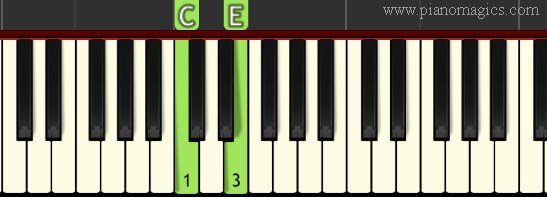
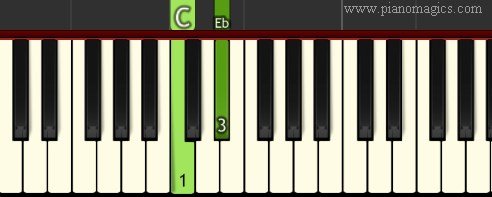
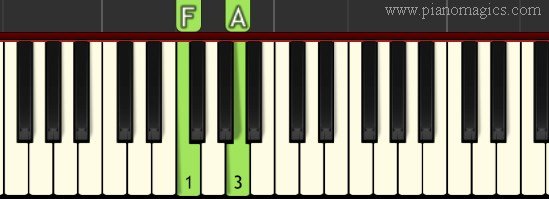
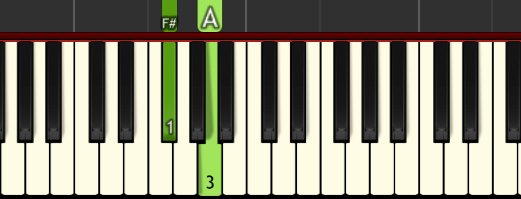
As you see, they are very similar, with the only difference being in the last note lowered a half tone. Just remember: Major Thirds use 4 half-tone steps and Minor Thirds use 3 halftone steps. Again, you won’t need to memorize the notes of every Third Interval in all keys. All intervals follow a certain pattern, and if you count the number of notes from the first to last note, in both the interval examples, respectively, you should notice they are the same. The two types of τhird Íntervals that are used for building the Triad chords are the Major and Minor τhird Íntervals. Just by knowing how these intervals are defined, you should be able to master them in all keys.
Q: How are the Major and Minor τhird Íntervals defined?
If we define these intervals, we have:
Major τhird Íntervals : 4 Half-Tones from the first to second note.
Minorτhird Íntervals: 3 Half-Tones from the first to second note.
We have also developed for you two interval charts to show you the Major and Minor- τhird Íntervals on all keys so that you can practice. Let’s first take a look at the Major τhird Íntervals on all keys. Let’s go to the Major Intervals chart.

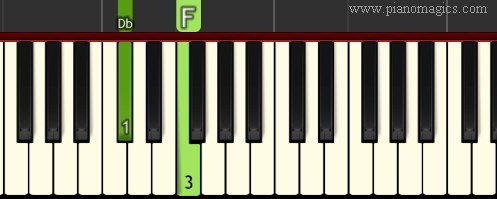
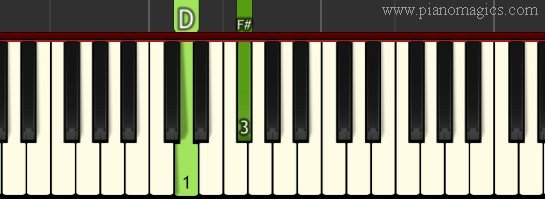
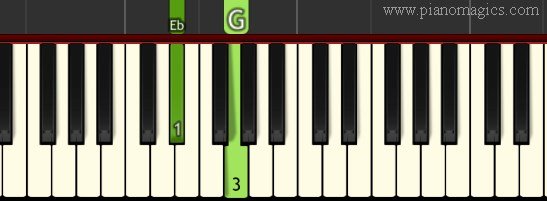
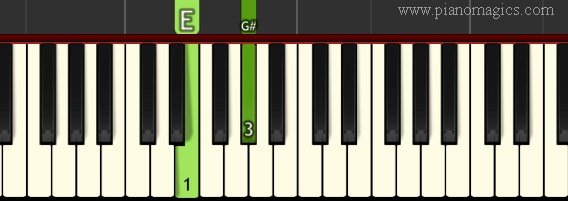

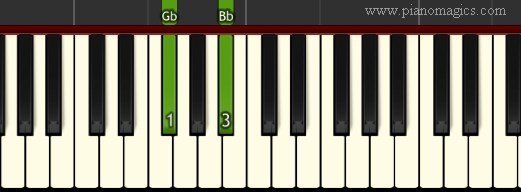
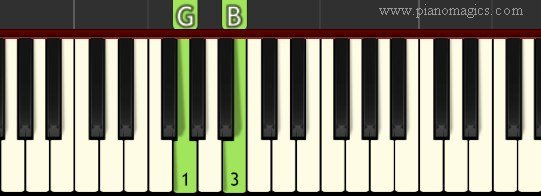
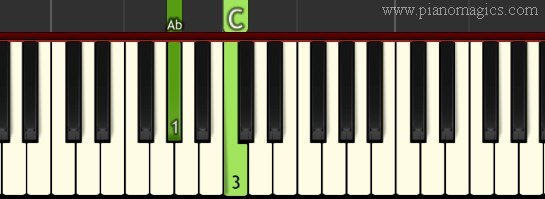
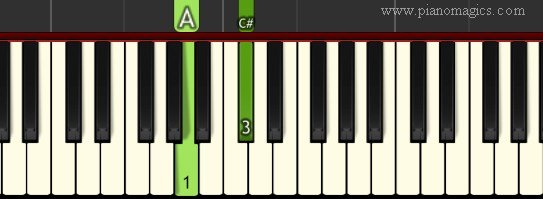
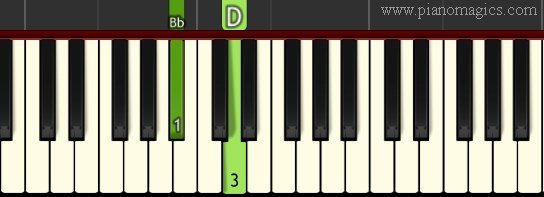
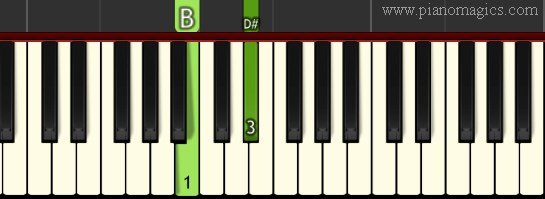
B Major Third Interval
Remember that you can get to a Minor Third from a Major Third by lowering the second note one half-tone. In this way, you can create all the Minor τhird Íntervals on all keys.Let’s take a look at the Minor τhird Íntervals Chart..
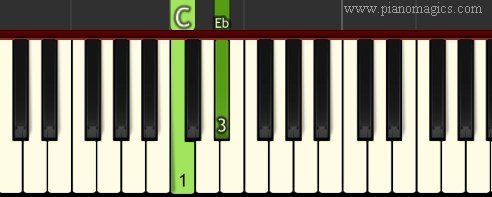
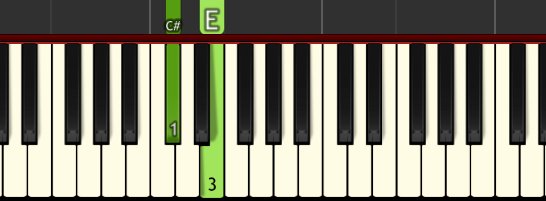
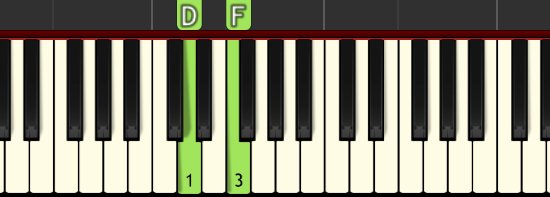
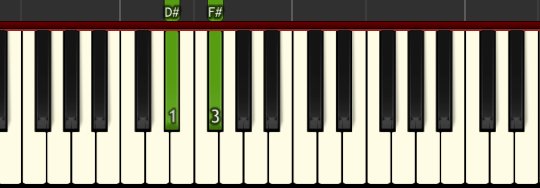
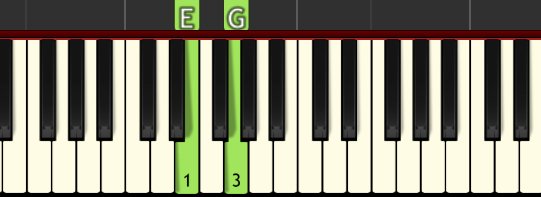
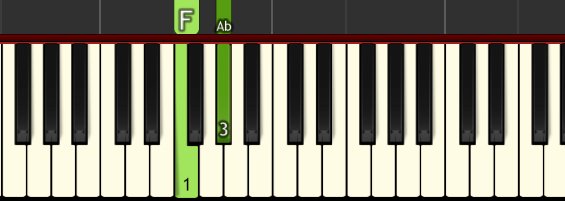
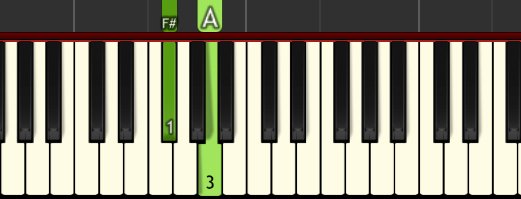
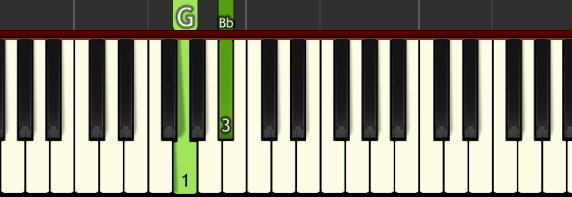
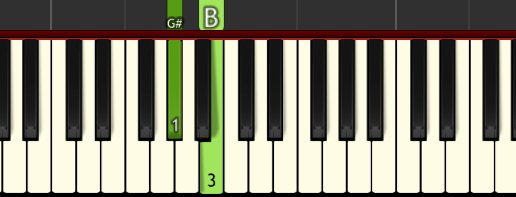
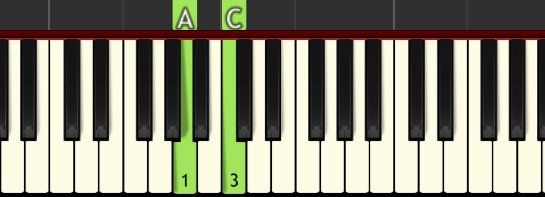
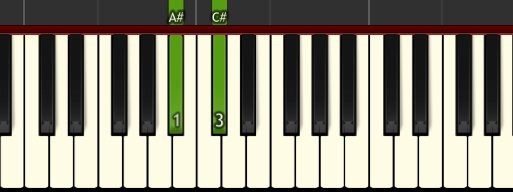
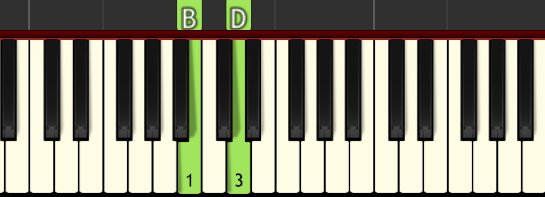
Before moving on to Triad chords, I want you to tell me if you think that the Minor and Major third intervals cause tension or not.
Go ahead and play the D Major Third Interval for example :

You’ll notice that the sound is quite pleasant with no sign of tension . You may try playing the same interval type on different keys. Even when pitch changes, the sound texture will feel the same, and it should still feel pleasant or un-disturbing. Now, let’s experiment with the Minor Third Intervals. Go ahead and play an E Minor Third
Interval, for example:

Even though you’ll notice a change in the sound texture, quite a bit more sad or melancholic, you’ll still feel that the sound is pleasant and not disturbing. Again, that will be the same, in any key you play it no matter what. So for now, we could say that the Perfect Fifth, Major Third , and Minor Third Intervals are intervals that do not cause tension and that usually sound pleasant and not disturbing. Now if I told you that the Major and Minor Triad Chords are actually made up of a combination of these three intervals, would you be able to guess if the Major and Minor Triad Chords will produce tension or not? I know you already know the answer, but keep reading and we will go into that as soon as I show you how to create the Major and Minor Triad Chords in any key.
[re_engager id='802']

Piano Lessons
Recent Posts
- Now You Can Download Your Piano Runs And Fills Pdf Very Easily
- Here Is Your Raag Yaman Bandish Notation Pdf – Ready To Download
- Learn This Mashup Of 6 Old Hindi Melodies On Piano To Win Audiences Heart
- How To Request Song Notes And MIDI File
- Get Your Clocks Coldplay Piano Sheet With Note Names
- Get Your The Scientist Piano Sheet With Note Names
- Get Your Away In The Deep Forest Sheet Music With Note Names
- Get Your Aura Lee Sheet Music With Note Names
- Get Your Au Clair De La Lune Sheet Music For Piano Along With Notes
- Get Your a Tisket a Tasket Sheet Music for Piano Along With Notes
- Get Your Beethoven Fur Elise Sheet Music For Piano Along With Notes
- We Three Kings Piano Sheet Music along with Notes
- Jana Gana Mana Piano Notes -The Easy Way
- One Click Downloadable Piano Lessons In Hindi PDF
- List Of Easy Piano Songs To Play For Beginners
- Piano Lessons In Hindi – 30 Videos
- Take A Piano Quiz
- Building the Major and Minor Triad Chords – Part 1
- The Relationship Between Intervals and Chords
- The Major and Minor Third Intervals
- The Perfect Fifth Interval Part 2
- What Is A Fifth – Interval
- The Octave Interval
- What is Music Balance
- The Building Blocks Also Known As Music Basics
- The Need For Memorizing Scales and Chords
- Overcoming Frustration of playing Piano and Keyboard
- The Reason Why Are Music Scales Important In Music
- What is a Interval in Music
- What is a Chord – A Detailed Explanation
- 4 Steps to Learning How to Play Any Song on the Piano
- What is a scale in music – Get familiar with musical scales
Sharing Is Caring
0
Total
Shares